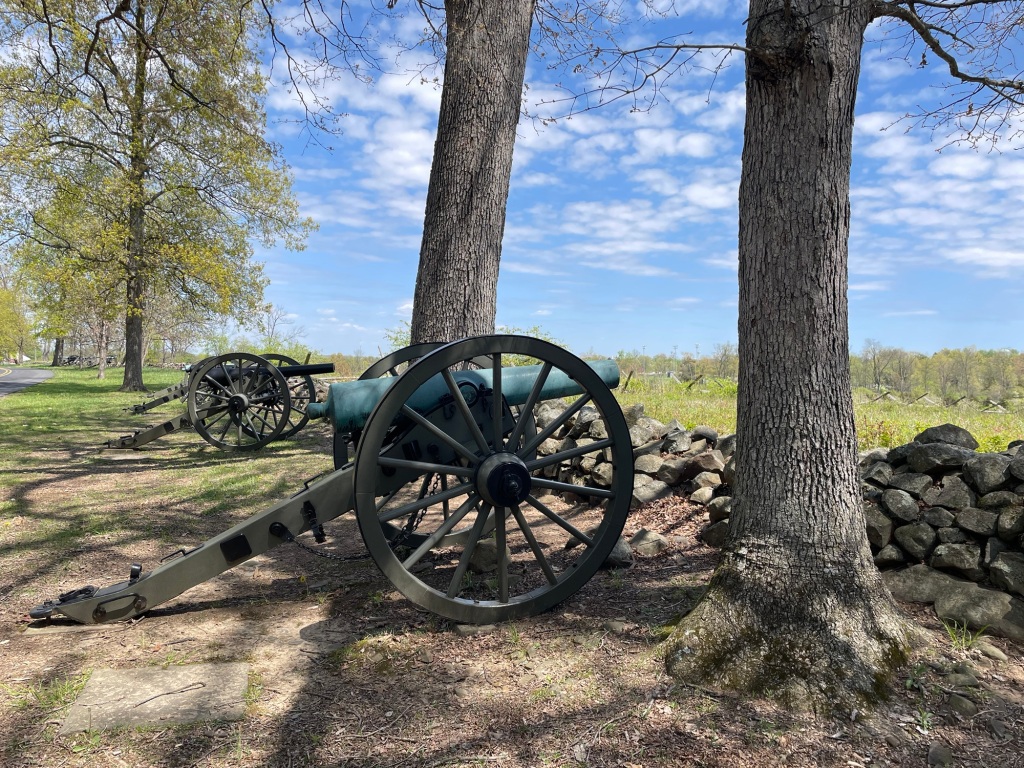Although it’s no cavalry charge across enemy lines, a horseback tour of Gettysburg gives a different perspective on the battlefield that was a turning point in the Civil War. This was the “high water-mark of the Confederacy,” the farthest north that Robert E Lee’s Army of Northern Virginia advanced and was the bloodiest battle of the war, claiming over 50,000 lives.

Most rides focus on the pivotal battle of Pickett’s Charge, starting behind Confederate lines and heading towards Union lines. You’ll see the famous peach orchard and Little Round top, and pass through the woodlots and farms traversed by soldiers, perhaps even Robert E. Lee himself.

You’ll also see plenty of cannons and several of the 1300+ monuments and markers that cover the battlefield, all dedicated to the troops that fought here.



If you choose a tour accompanied by a licensed battlefield guide, you’ll wear an earpiece that allows the guide to give a running commentary about the battle and the buildings and monuments you pass.
As you ride through Spangler farm, you’ll pass the farm’s summer kitchen where Confederate General Armistead died from wounds he received during Pickett’s Charge and the Pennsylvania bank barn that for 5 weeks served as a hospital for both Union and Confederate soldiers. You’ll have to use your imagination to picture the “huge stack of amputated arms and legs, a stack as high as my head!”

If you happen to have your own horse and want to DIY, there is a public trailer lot and public bridle paths throughout the park. For the rest of us, several operators offer tours, both with and without a licensed battlefield guide.
Tip: if you visit the touristy, but very atmospheric, c.1776 Dobbin House for lunch (it’s located in the basement of the oldest house in Gettysburg) make sure to check out the small museum where you can see the coolest underground railroad hiding spot I’ve encountered. Escaping slaves were secreted in this small area, tucked between floors and hidden behind a sliding shelf. My photos are lousy, but you can see a little better in the accompanying article from National Geographic.



Also, make sure to check out the Victorian-era cyclorama in the visitor center (Gettysburg: IMAX, Victorian Style).
